Hotel Indigo and On The Grid value your feedback.
Please complete a quick 2 minute survey to tell us about your experience.
The name Naughara literally translates to nine (nau) homes (ghar), though one conflicting source argues for nine pots (ghara) of water kept out for thirsty travellers. Whatever the origin, Naughara remains one of the most charming galis of Shahjahanbad, more so because the quiet gated neighbourhood is entered through the bustling market street of Kinaari (trimmings and decorations) Bazaar. At the end of the lane is the white-marble clad entrance to the c. 19th century Jain Swetamber Mandir, where bursts of colour are provided by the exotic glass work and brilliant paintings. Try not to get fleeced by the temple attendant, and on your way out of the gali, peek into the office of Mr. Atma Ram Agarwal, so chockful of antiques that we first mistook it for a shop!
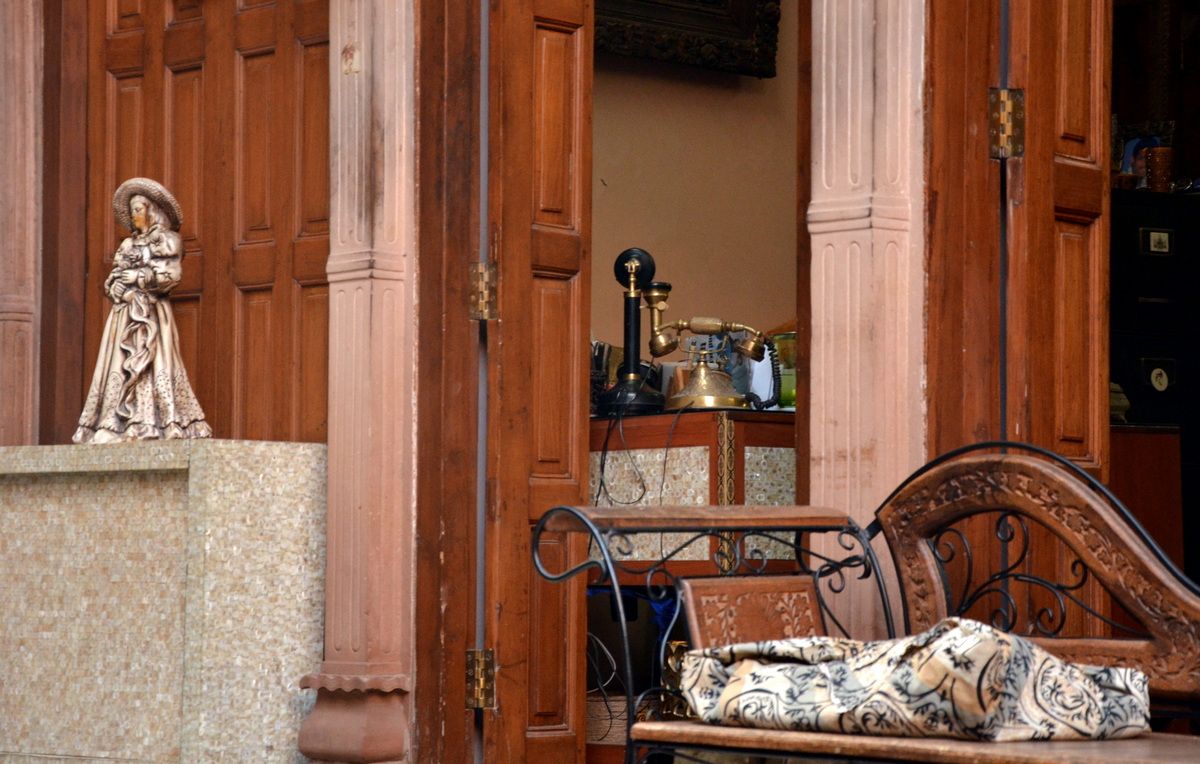
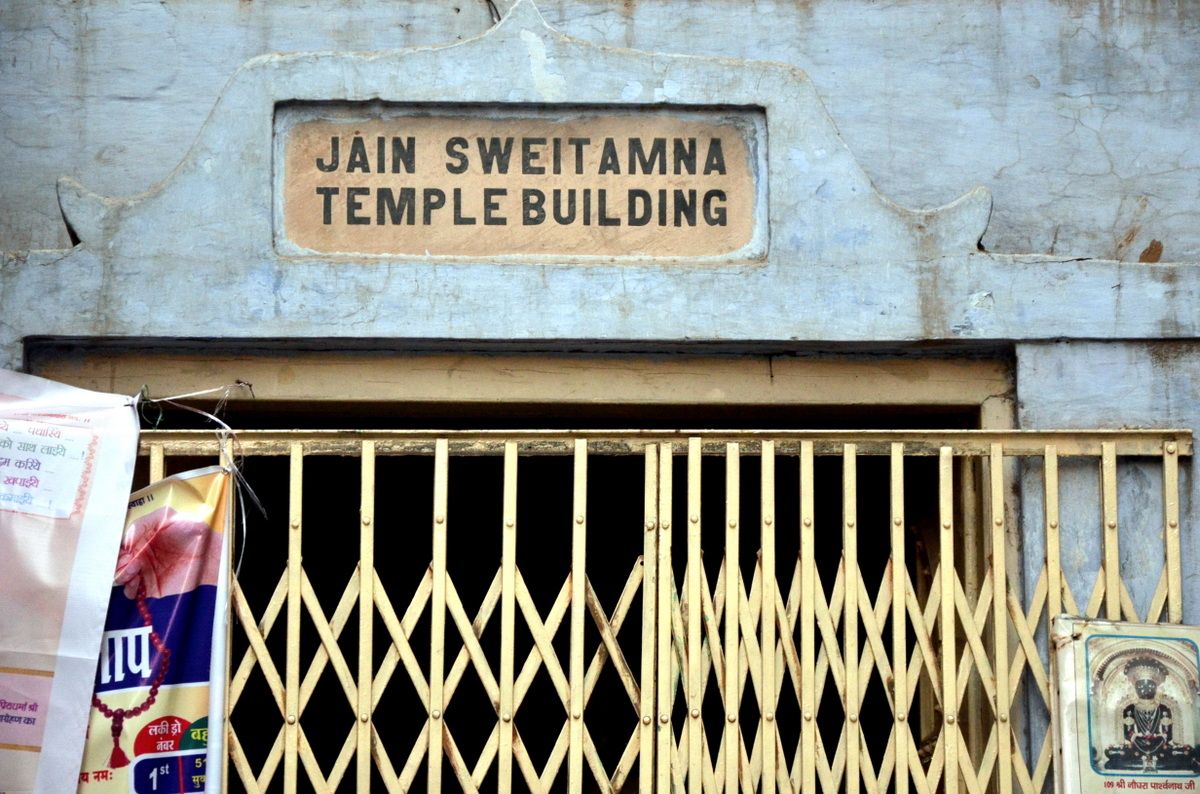
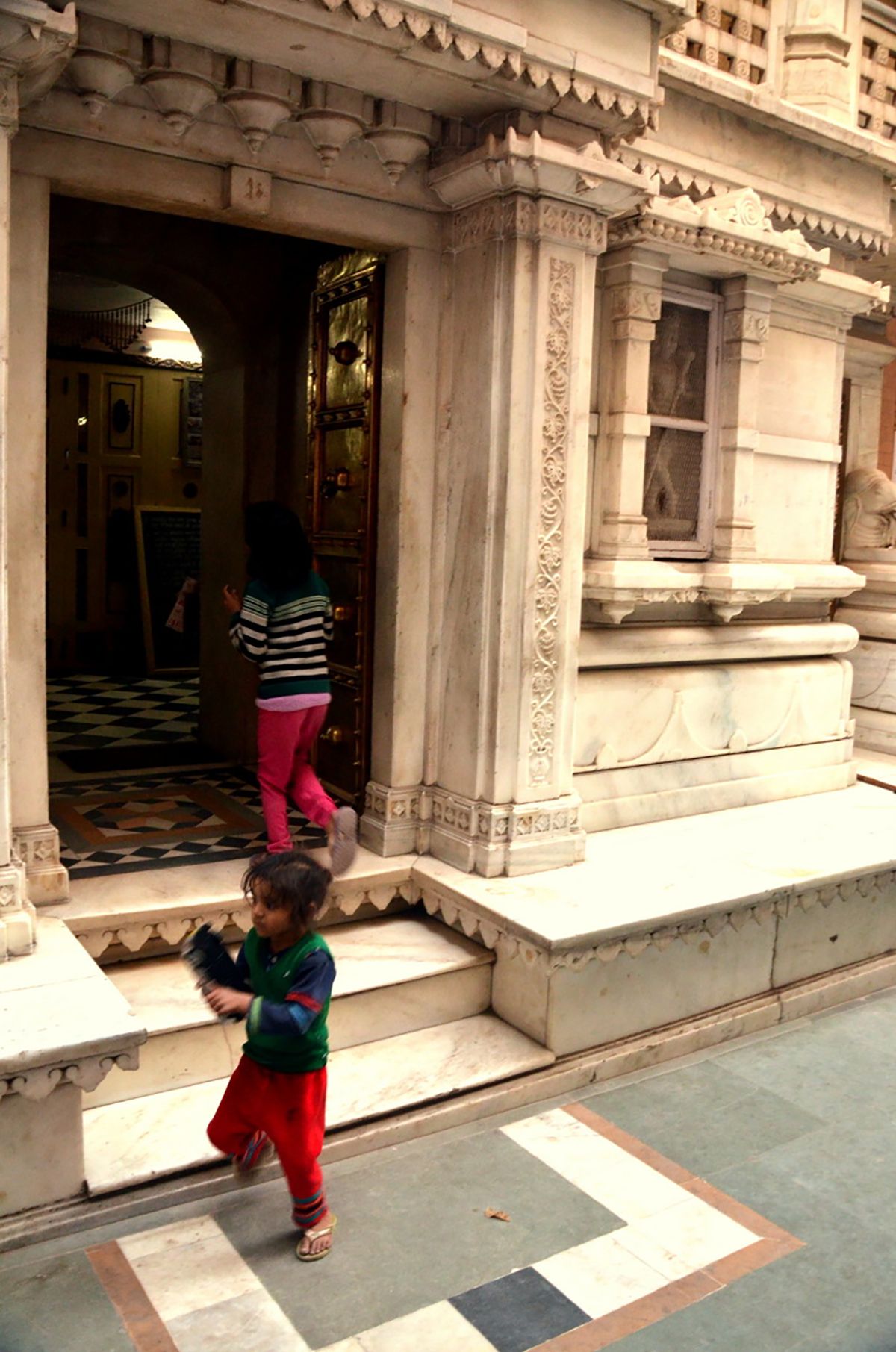
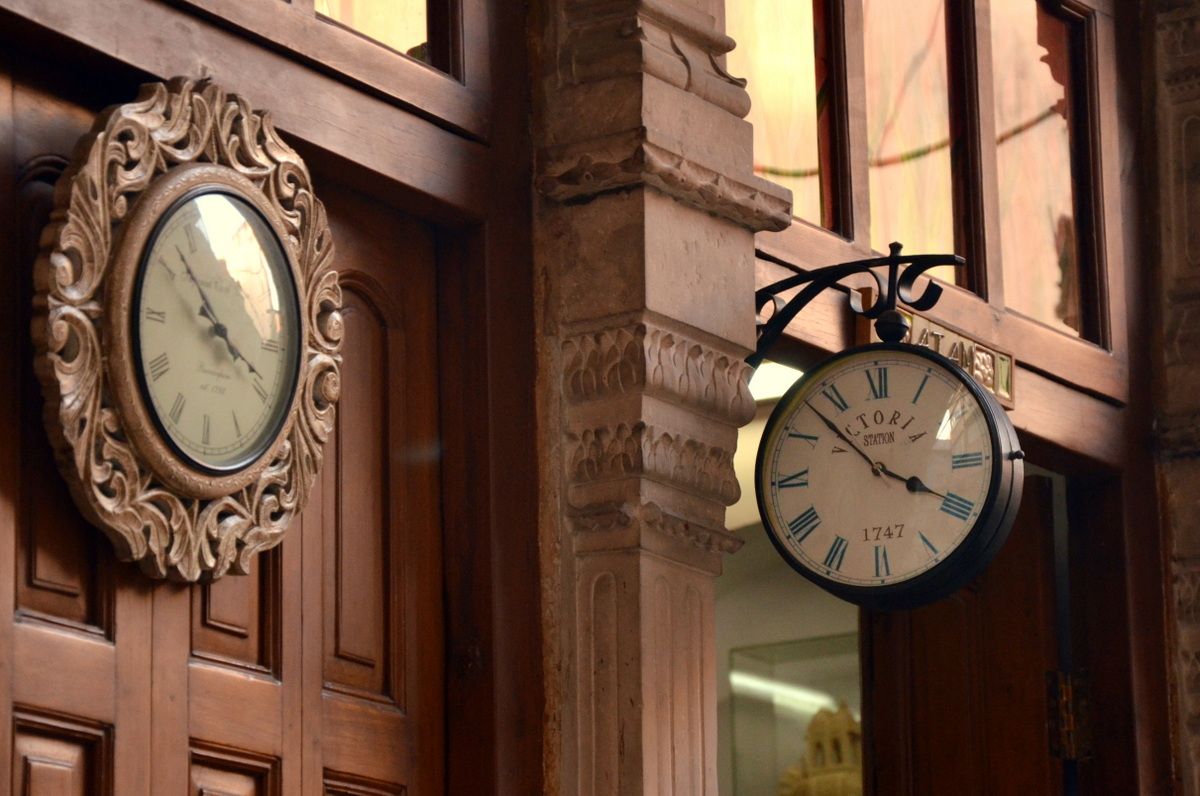
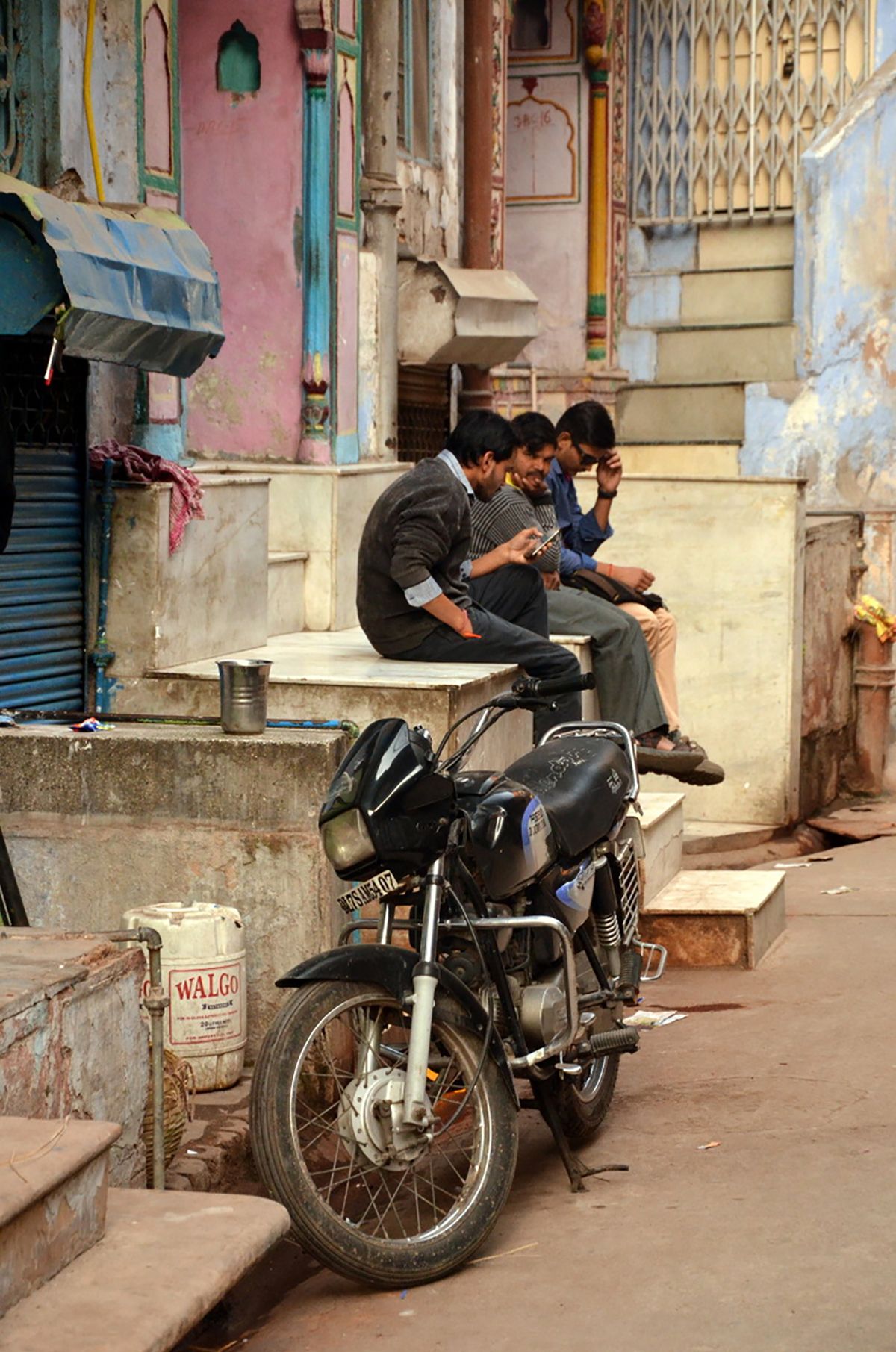
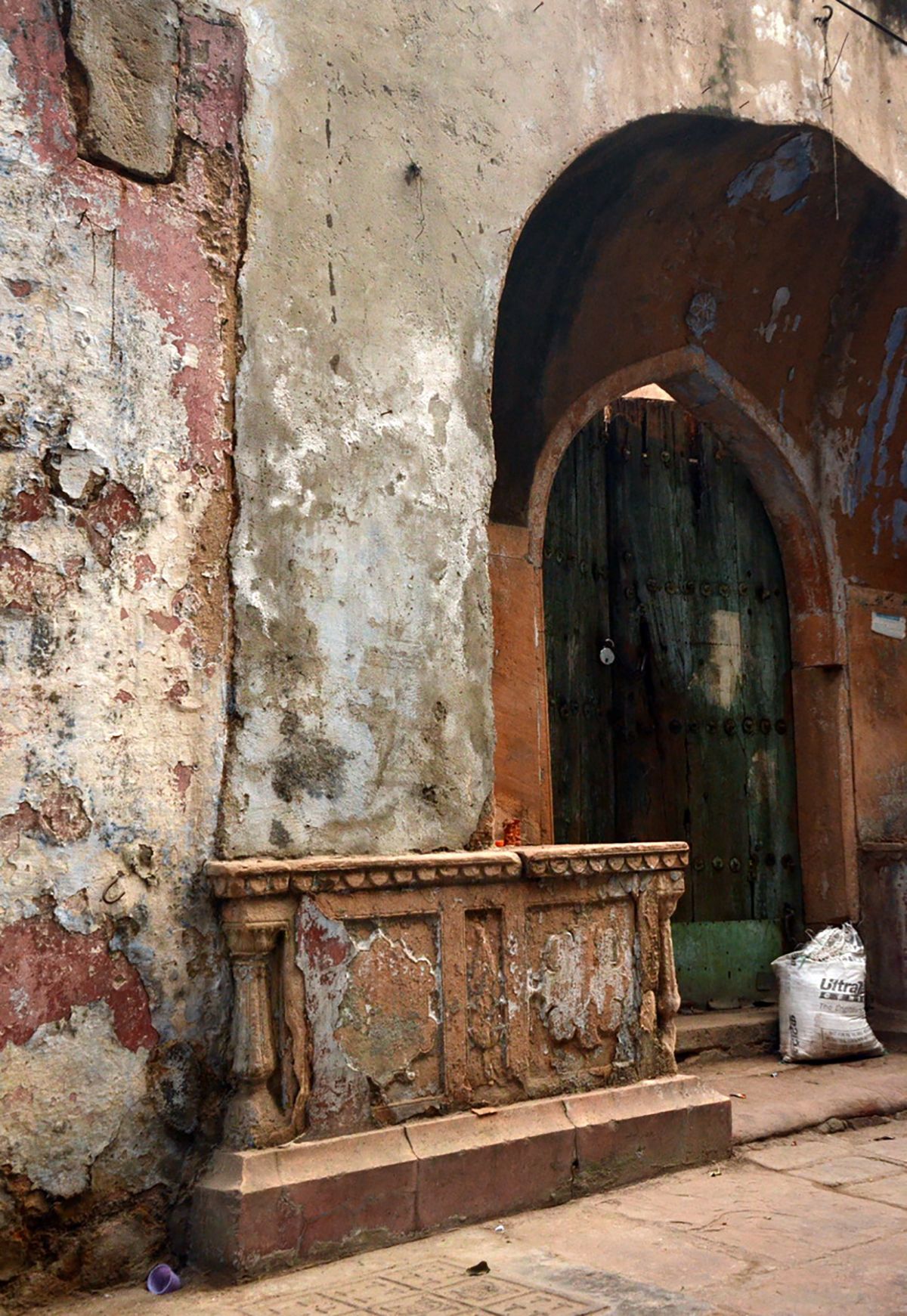
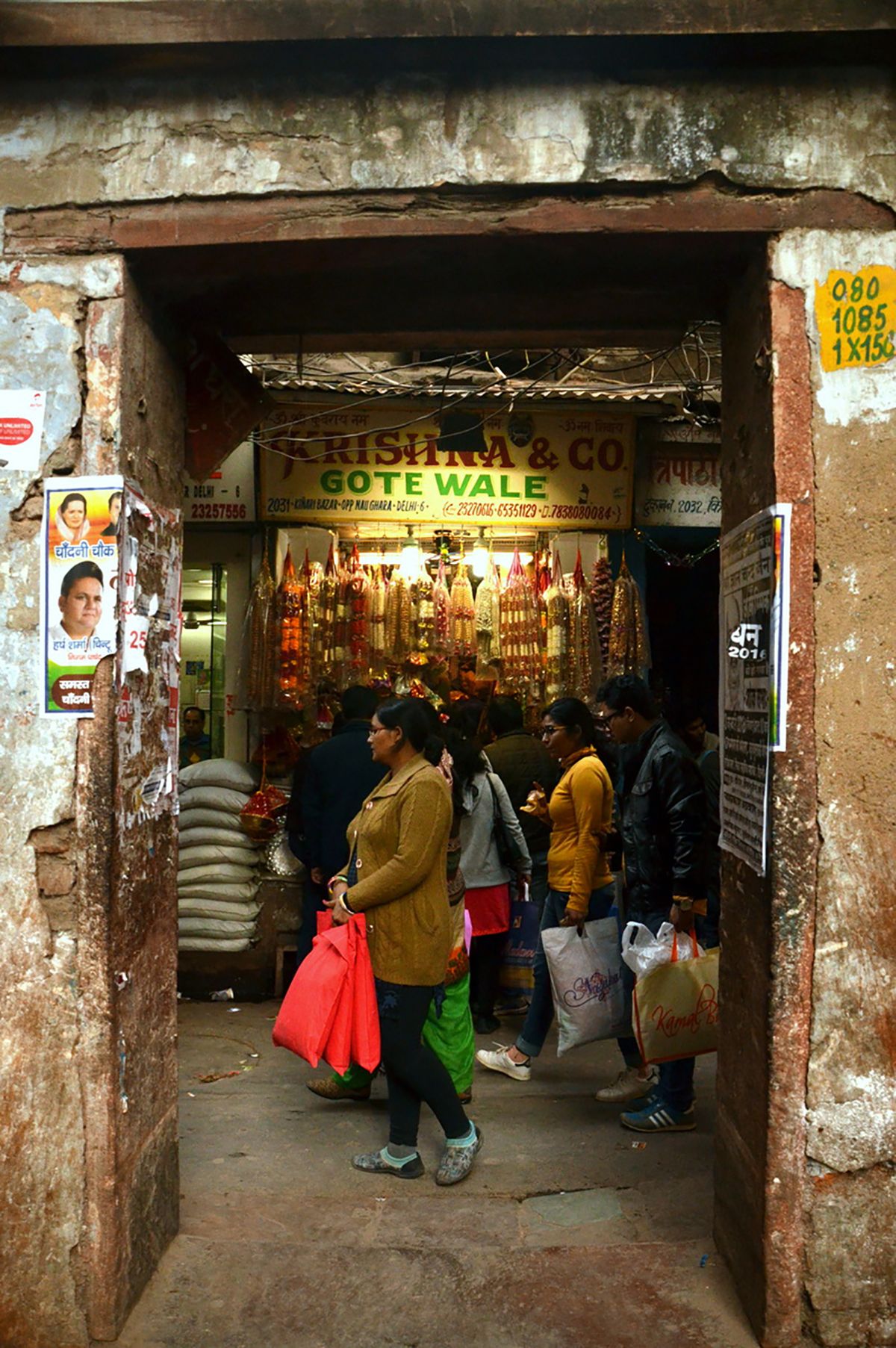
Please complete a quick 2 minute survey to tell us about your experience.